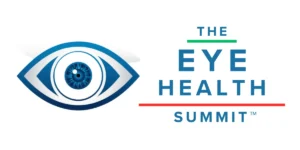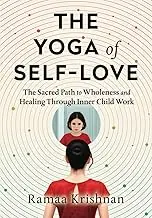So, you went to bed at 10 p.m. last night and woke up at 6 a.m. That’s 8 hours—the definition of a good night’s sleep. Then what gives? Why are you still feeling so exhausted? Disrupted sleep is to blame.
If you have a baby, it’s not uncommon for their squawks and feeds to wake you up every couple of hours. The trouble with that is your brain gets stuck in light sleep, never quite getting the chance to descend into deep renewing sleep.
REM sleep – when we dream – makes up about 15% of our slumber. And NREM – the sleep that revives and renews us for the new day ahead – is about 85% of sleep.
The deepest segment of NREM sleep, Stage 3, is considered the sleep sweet spot. Basically, you’re sleeping like a log. Breathing is slow and regular, and your face and body are relaxed but not floppy. It is called “slow wave” sleep because your brain waves switch from jittering little bounces seen during waking to slow undulating waves. These waves wash over the brain 1000 times a night, erasing memories from the day just passed and preparing your brain for a new day of learning.
In this deepest sleep, you’re tough to rouse—and when you do wake up, you need a minute or two to figure out where you are. However, you can still wake for important signals, like a smoke alarm or your baby’s cry.
The Mismatch That Leads to Disrupted Sleep
One pivotal difference between adults and babies is that adult sleep cycles last 90 minutes while babies keep cycling up and down in just 60.
Babies’ speedier cycles mean they return to very light—easily disturbed sleep—every hour. And when disturbed, they may grunt, groan…or wake fully to eat! Those disturbances often fracture our sleep cycles—right in the middle—and chip away at your NREM.
When robbed of NREM sleep,our body and brain haven’t been adequately restored and refreshed. We wake up feeling tired, and often low energy persists through ourentire day.
Preventing Disrupted Sleep
My favorite sleepextender for babies is rumbly white noise. It often prevents little outside disturbances (passing planes, ambulances, etc.) or internal irritations (teething pain, stuffy noses, etc.) from fully jarring babies every hour when they enter light sleep.
White noise can also help you sleep, too. Who doesn’t fall asleep more easily to the light tap of rain on a rooftop?
The more you establish healthy sleep habits for your baby in the early days and beyond, the more you’ll set yourself up to get the deep NREM sleep you need to…be happy, healthy and functional day to day!
Did you know? Happiest Baby creates science-based solutions to everyday parenting problems. Our groundbreaking SNOO Smart Sleeper detects infant fussing and responds with increasing levels of soothing white noise+ motion to reduce your baby’s wakings during the light portions of their sleep cycles. Learn more about how SNOO works.
View more posts tagged parents, sleep
Have questions about a Happiest Baby product? Our consultants would be happy to help! Connect with us at customercare@happiestbaby.com.
Listen to Dr. Karp and Mark here:




